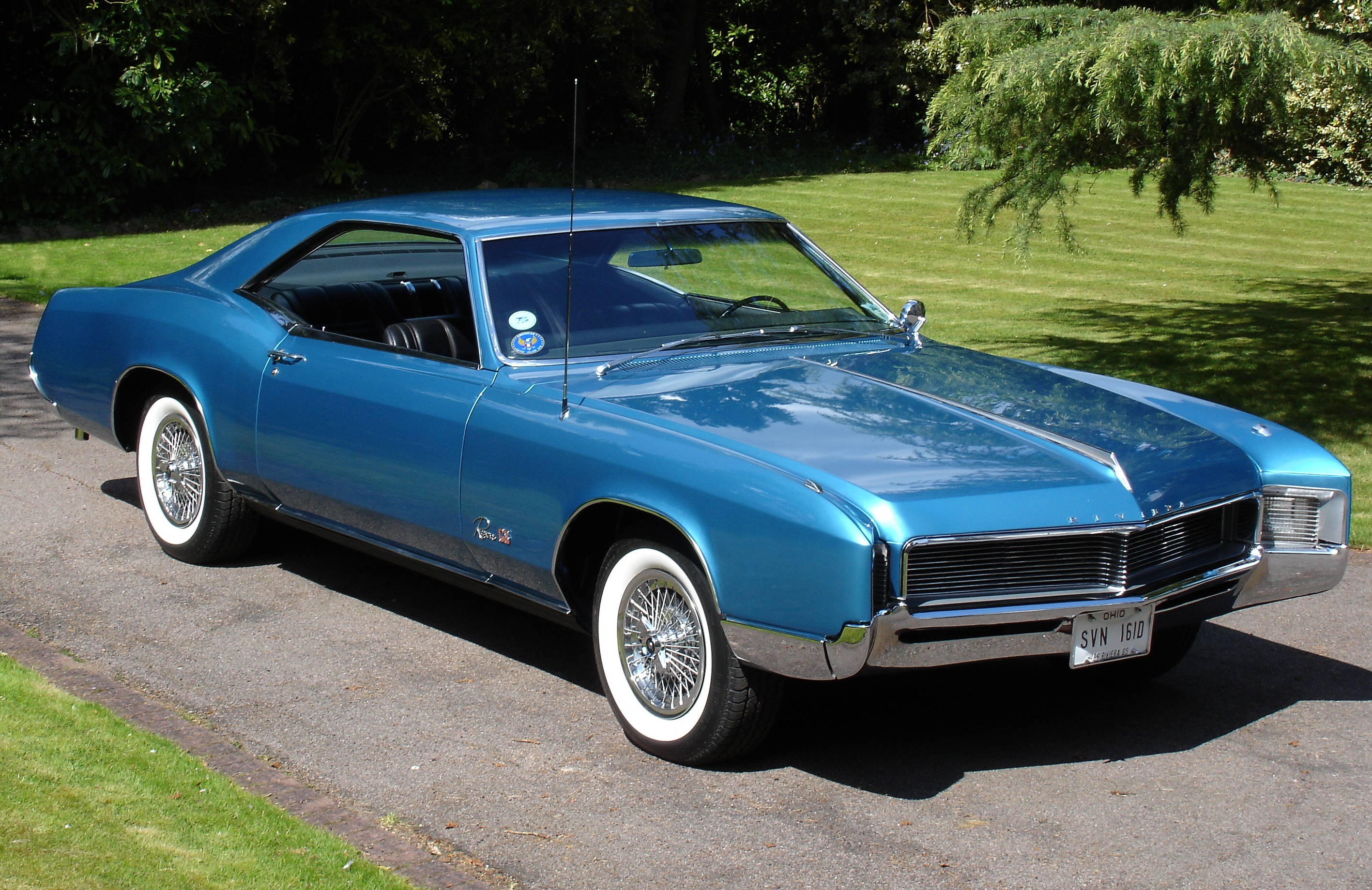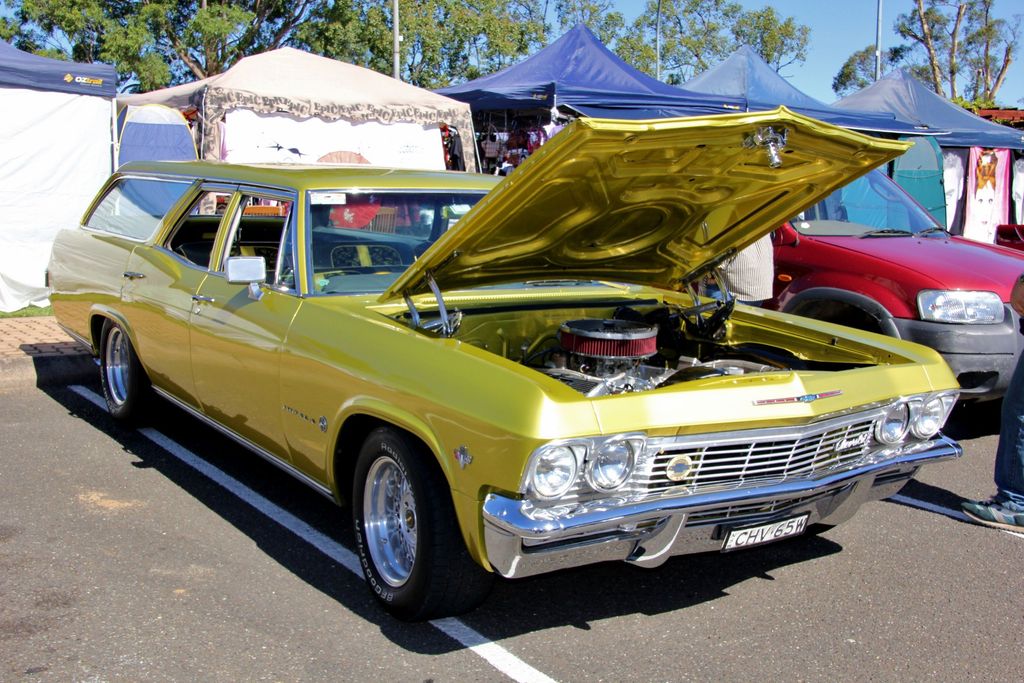
For decades, the automotive world has been filled with passionate debates and predictions, especially concerning the future of classic car culture. It wasn’t long ago that articles made outrageous claims that Millennials would bring an end to the car hobby, a notion that has since been thoroughly disproven. Now, the spotlight shines on Generation Z, and assumptions about their disinterest in classic cars are once again being challenged by compelling evidence and the evolving landscape of enthusiast preferences. Far from being indifferent, this youngest generation of drivers is actively shaping a new chapter for vintage vehicles, albeit one that looks distinctly different from the past.
Indeed, the narrative that young people don’t care about cars, particularly classics, is being decisively debunked. Contrary to popular belief and many prior assumptions about Gen Z, surveys indicate a strong and growing interest in classic car ownership among America’s Millennials and Generation Z. Data from Hagerty’s 2020 “Why Driving Matters” survey of over 10,000 U.S. drivers revealed that Gen Z and Millennials are more likely to want to own a classic or collectible car than their parents and grandparents. This isn’t just a fleeting interest; it’s a foundational shift in how classic car culture is being perceived, embraced, and ultimately, redefined.
This article aims to take an in-depth look at these fascinating shifts, dissecting the reasons why Gen Z’s classic car passions often diverge from the traditional “Boomer rides” and what factors are driving their unique choices. Through conversations with young enthusiasts like Ben Kahan, a 21-year-old, third-generation hot rodder and founder of Four-Speed Films, and insights from industry leaders like McKeel Hagerty, CEO of vintage auto insurance company Hagerty Inc., we’ll explore the practical challenges, cultural influences, and distinct preferences that are shaping Gen Z’s engagement with the timeless world of classic automobiles.
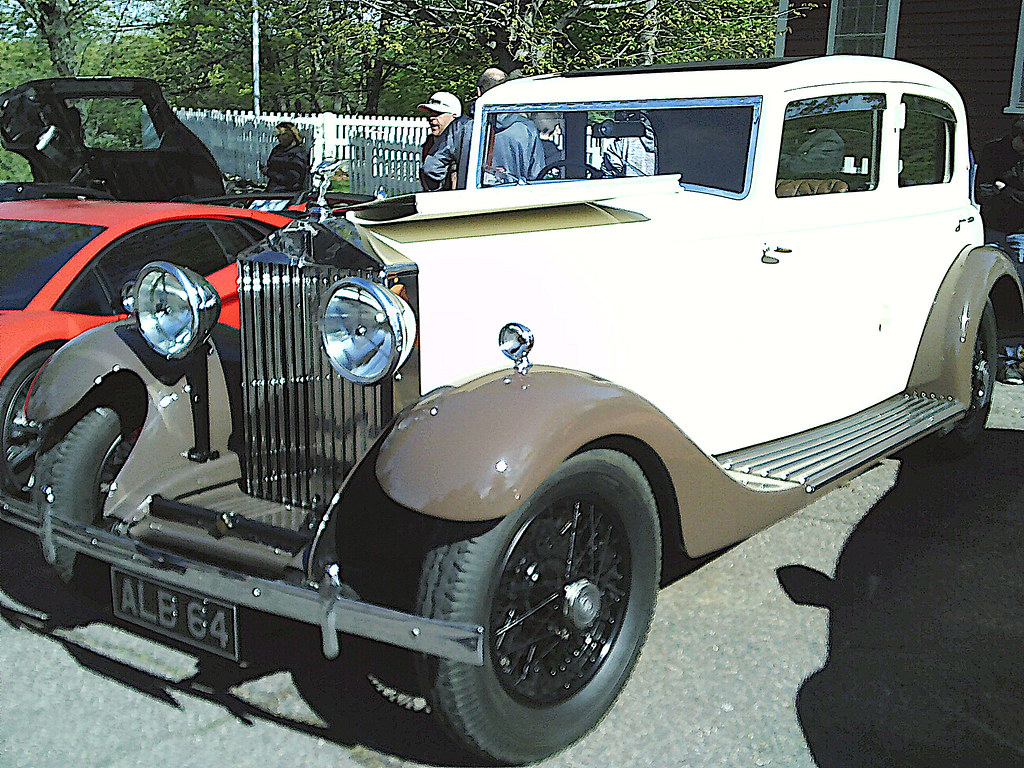
1. **The Allure of the Grand Dames: Antique Rolls Royces and Cadillacs**: When many people picture a classic car, images of opulent Rolls Royces or majestic Cadillacs from the mid-20th century often come to mind. These vehicles, with their commanding presence, luxurious appointments, and deep historical roots, have long been the darlings of older generations, particularly Baby Boomers and the Silent Generation. They represent a bygone era of automotive elegance, status, and engineering prowess, often seen clustered around by “grayer-haired patrons” at premier events like the Greenwich Concours d’Elegance.
However, while these magnificent machines command respect, they often fall outside the primary interests—and indeed, the practical capabilities—of the average Gen Z enthusiast. The sheer cost of acquisition, let alone the specialized maintenance and restoration required, places these grand dames largely out of reach. Younger enthusiasts, often navigating student debt and a tougher economic landscape, are naturally drawn to more accessible entry points into the hobby, which rarely include vehicles that might cost more than their first home.
Beyond the financial aspect, the driving experience itself can be a point of divergence. These older, larger vehicles often lack modern conveniences like power steering, disc brakes, or even basic safety features that younger drivers are accustomed to. While a part of their charm for some, this can translate into a more demanding and less adaptable experience in contemporary traffic, a concern that figures prominently in how Gen Z perceives the usability of classic cars in their daily lives or even for weekend cruises. The focus shifts from pristine preservation to practical, enjoyable ownership.
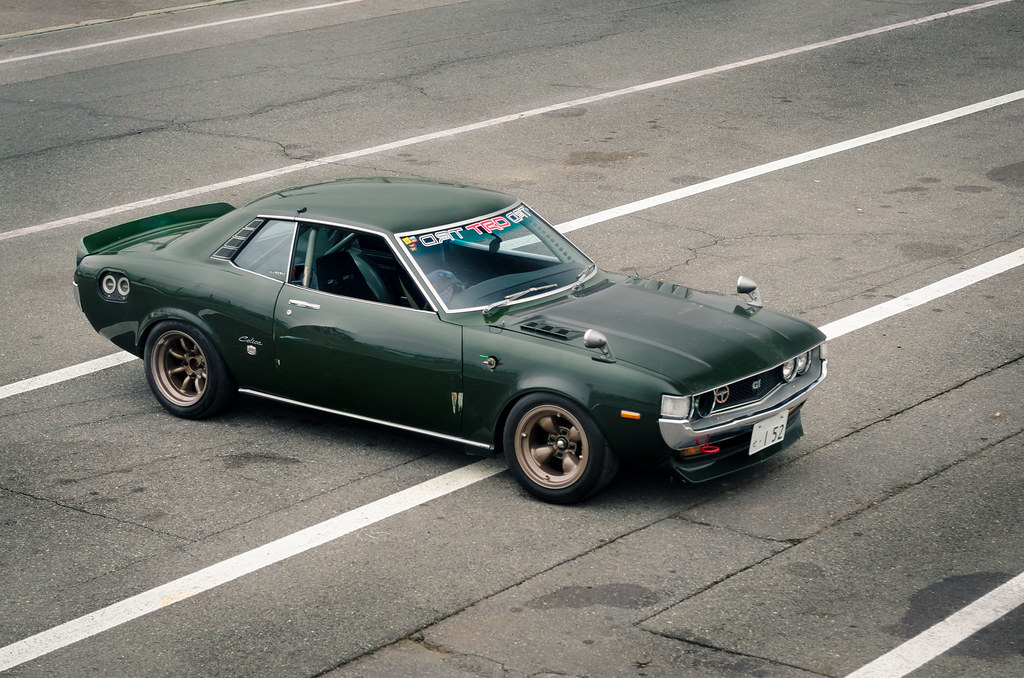
2. **The Rise of JDM: Japanese Domestic Market Classics**: In stark contrast to the traditional American and European luxury classics, a burgeoning wave of interest among Millennials and Gen Zers is directed squarely at “JDM” cars, or Japanese Domestic Market vehicles. This category encompasses iconic brands like Toyotas, Hondas, Nissans, Mazdas, and Mitsubishis, particularly those from the 80s and 90s. These cars are gaining immense traction, not just as nostalgic relics but as vibrant platforms for contemporary car culture.
This trend is deeply rooted in cultural touchstones that resonate with younger audiences. Millennials and Gen Zers, raised on a diet of “Fast and the Furious” movies and increasingly exposed to diverse automotive content online, find a powerful connection with the performance, style, and modifiability inherent in JDM vehicles. These cars offer a different kind of heritage—one built on innovation, rally success, and a distinctive aesthetic that stands apart from classic Americana, providing a fresh perspective on what constitutes a desirable classic.
The accessibility and relative affordability of many JDM models also play a crucial role in their popularity. Compared to a vintage Rolls Royce, a classic Nissan or Mazda often presents a far lower barrier to entry for a young enthusiast looking to dive into the hobby. This allows for a more hands-on approach, fostering a sense of ownership and personal investment that aligns well with a generation keen on customization and unique expression, rather than simply preserving a pristine artifact.
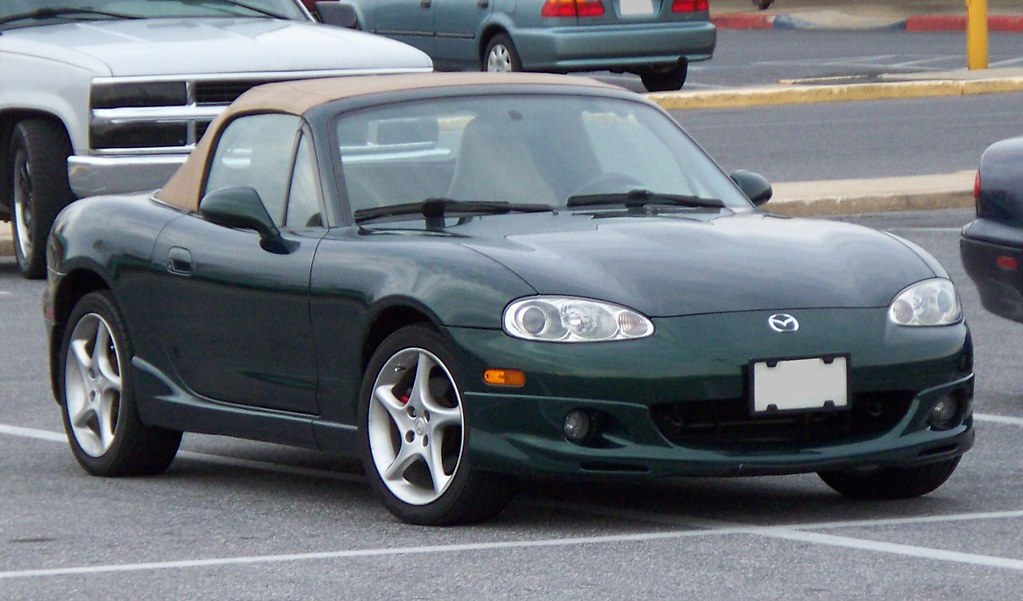
3. **The Agile Enthusiast: Mazda Miata’s Enduring Appeal**: Among the array of JDM vehicles capturing the hearts of Gen Z, one specific model stands out as a prime example of their preferences: the Mazda Miata. Jackson Kessler, a 25-year-old car influencer known as Captain Crankshaft on TikTok, Instagram, and YouTube, explicitly points out that a hot car for people in their 20s is often a Mazda Miata “that you can then modify and have fun with.” This statement perfectly encapsulates the blend of affordability, performance, and customizability that appeals to the younger demographic.
The Miata, particularly earlier generations, offers an unmatched combination of nimble handling, a spirited driving experience, and a robust aftermarket for modifications. It’s a car designed for pure driving enjoyment, providing immediate feedback and a direct connection to the road. This experiential quality, coupled with its relatively low cost of entry and ownership, makes it an ideal platform for those looking to engage deeply with the mechanical and performance aspects of car culture without breaking the bank.
This preference for a car like the Miata highlights a significant divergence from the “Boomer rides” of yesteryear. While older enthusiasts might gravitate towards cars that represent power, luxury, or historical significance, Gen Z often prioritizes a more interactive, personal, and performance-oriented experience. The Miata allows for this, serving as both a weekend warrior and a canvas for individual expression through modifications, proving that “classic” can also mean “accessible fun.”
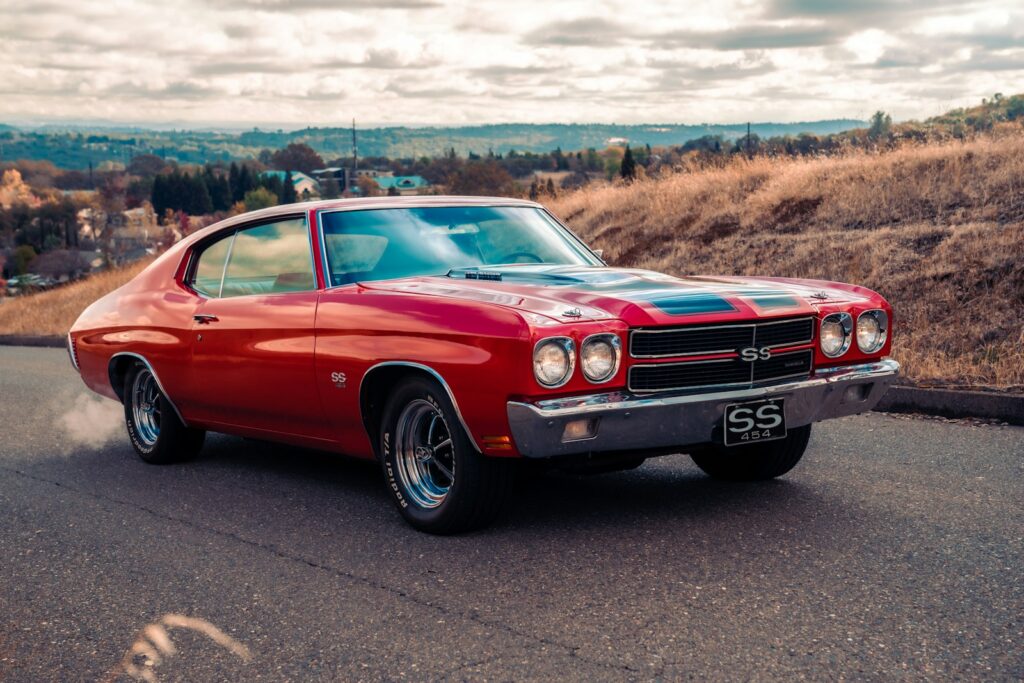
4. **The Affordability Hurdle: A Generational Divide in Entry**: Perhaps the most significant factor influencing Gen Z’s choices in classic cars, and indeed why they might “pass on” many traditional “Boomer rides,” is the daunting hurdle of affordability. Ben Kahan, the young hot rodder from Burbank, articulates this concern vividly. His biggest worry about the future of the car hobby isn’t its disappearance, but “whether it will be affordable, especially in states like California.” This sentiment resonates with many young people who are keen to participate but face significant financial barriers.
The days of finding running project cars for under a grand are, sadly, largely gone. The classic car market, fueled by increasing demand and a speculative environment, has seen prices skyrocket across many segments. As Ben laments, “Gone are the days where you had web pages full of running project cars for under a grand.” This reality makes the entry point for starting from scratch in the classic car hobby incredibly challenging for a generation often burdened by student debt and higher living costs.
This financial pressure inherently steers younger enthusiasts away from the more expensive, established classics that older generations might cherish. While fantasizing about a big mansion with a bunch of cool classic cars is common in youth, these dreams often transform into more realistic goals as one ages. The cost of acquisition, maintenance, and insurance for many coveted “Boomer rides” becomes prohibitive, forcing Gen Z to seek out more budget-friendly alternatives and redefine what constitutes an attainable “classic” for their generation.
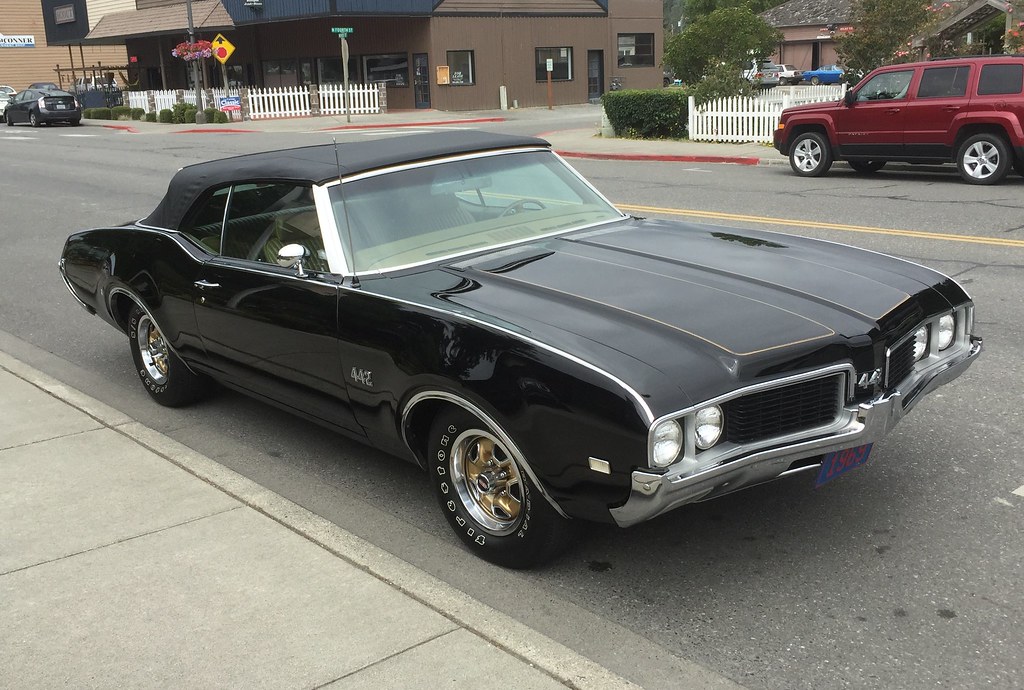
5. **The Thrill of Modification: Customization as a Driving Force**: Beyond mere affordability, Gen Z’s approach to classic cars is heavily influenced by a desire for personalization and the thrill of modification. The context makes it clear that young enthusiasts are drawn to cars “that you can then modify and have fun with,” a sentiment echoed by Jackson Kessler regarding the Mazda Miata. This emphasis on customization stands in stark contrast to the preservation-oriented ethos often associated with highly valuable, original classic cars favored by some older collectors.
For Gen Z, a classic car is not just a piece of history to be admired; it’s a dynamic canvas for self-expression and mechanical experimentation. The ability to enhance performance, alter aesthetics, and stamp one’s unique identity onto a vehicle is a powerful motivator. This drive for modification is intrinsically linked to the popularity of platforms like the Miata and JDM cars, which boast extensive aftermarket support and a culture that encourages individualization.
This active engagement with a car’s mechanics and appearance fosters a deeper connection and a sense of accomplishment. It’s about building something unique and making it truly “theirs,” rather than merely owning a static investment. This practical, hands-on approach to modifying and improving a vehicle—whether for track days, car shows, or simply personal enjoyment—is a defining characteristic of how Gen Z is interacting with classic car culture, diverging significantly from a purely curatorial approach.
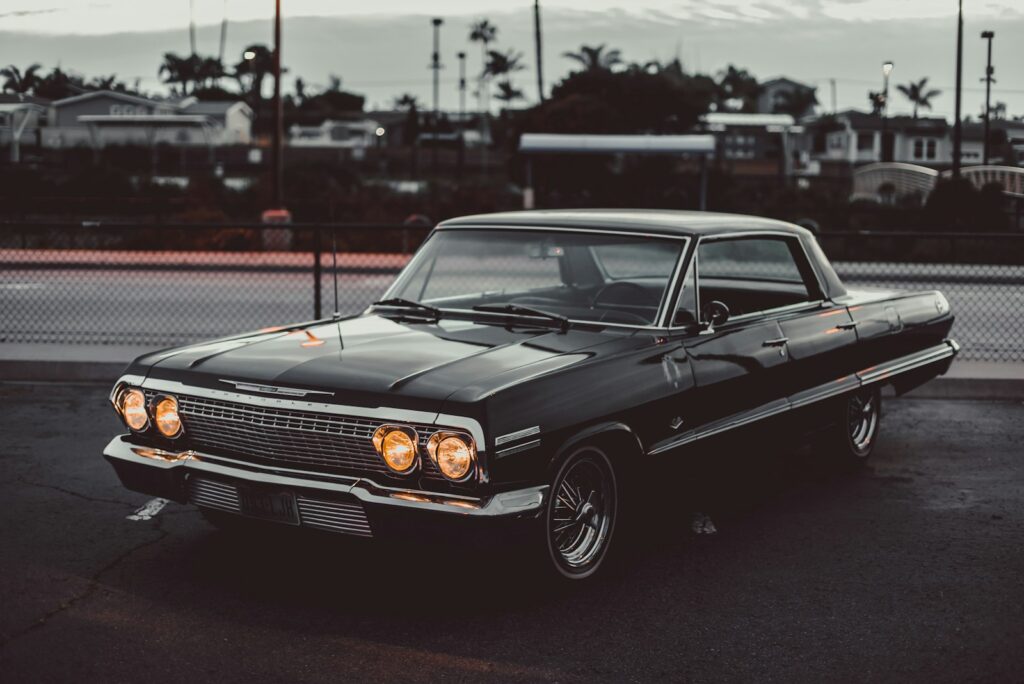
6. **Navigating Tomorrow: Driving Laws and the Future of Classic Cars**: While the allure of classic cars is undeniable, Gen Z enthusiasts like Ben Kahan are keenly aware of future uncertainties that could impact their ability to enjoy these vehicles. Ben’s significant worry about the future of the car hobby extends beyond cost; it encompasses whether classic cars will even be permissible on the roads of tomorrow. As he puts it, putting time and money into his 1965 Ford Mustang for “a future that may not allow him to drive it is a real concern that sits in the back of his mind.”
This concern is multifaceted, touching upon evolving driving laws, environmental regulations, and the increasing push towards electric vehicles. The ongoing debate around internal combustion engines and emissions creates an underlying anxiety for those investing in gasoline-powered classics. While vintage cars will always exist as static pieces of art or historical artifacts, the ability to *drive* them freely, especially in states like California, is a critical component of the hobby’s appeal for many young enthusiasts. This uncertainty can make investing in certain “Boomer rides,” particularly those with higher emissions, a less attractive long-term proposition.
The potential for restrictions adds a layer of practical consideration that previous generations may not have faced to the same degree. For Gen Z, who are early in their driving careers and looking at a longer horizon of ownership, these future policy shifts are not abstract concepts but tangible threats to their passion. This forward-looking perspective, grappling with the realities of a changing automotive landscape, helps explain why younger groups might be more discerning about which classics they choose to embrace, or indeed, which ones they feel compelled to pass on for fear of future obsolescence on the open road.
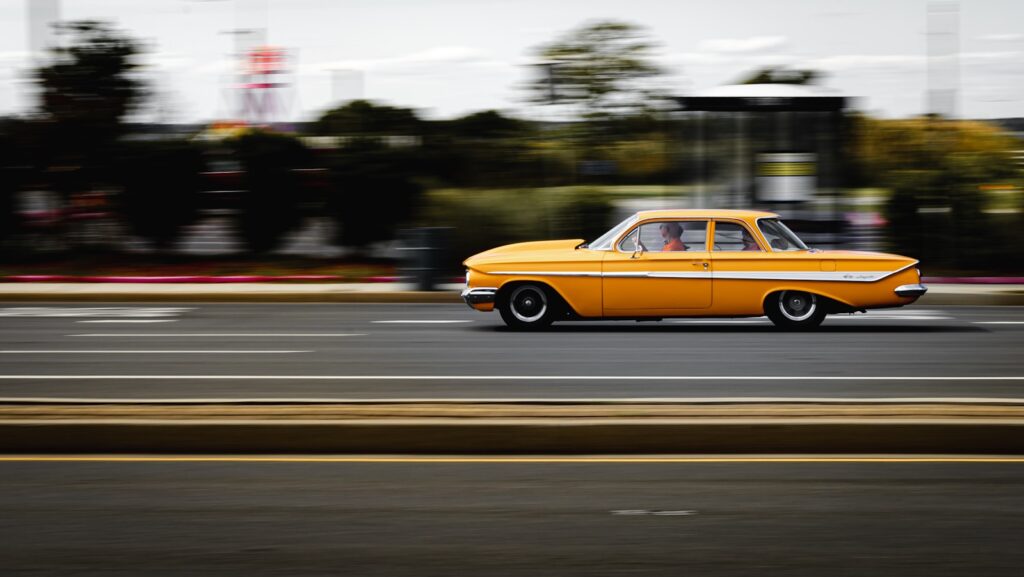
7. **Modern Roads, Vintage Rides: The Challenge of Contemporary Traffic**: While the romantic ideal of cruising in a classic car endures, the practical reality of navigating modern roads presents a significant challenge for younger enthusiasts. The stark contrast between the driving dynamics of a vintage vehicle and the expectations of contemporary traffic can be a source of considerable stress and even danger. As Ben Kahan points out, driving a 1965 Ford Mustang in 2020 traffic feels very different from its original context, often requiring a level of hyper-awareness akin to a motorcycle rider.
Modern cars, with their advanced braking systems, power steering, and active safety features, offer a level of control and responsiveness that older vehicles simply cannot match. This disparity leads to a situation where, as Ben articulates, “modern drivers expect you to handle a classic car like a modern car.” This expectation, coupled with the inherent limitations of vintage technology, places an undue burden on the classic car driver, demanding constant vigilance and a proactive approach to maintaining safe distances and anticipating the movements of other vehicles.
The experience can be genuinely nerve-wracking, fundamentally altering the enjoyment of a classic drive. For a generation accustomed to intuitive, assisted driving, the raw, unbuffered experience of a true vintage car can be exhilarating yet demanding. It requires a different skill set and a higher degree of mental engagement, making daily commuting or even casual cruises in heavily trafficked areas a far less relaxing endeavor than it might have been in decades past. This practical consideration often steers Gen Z towards classics that offer a more adaptable and less intimidating driving experience.
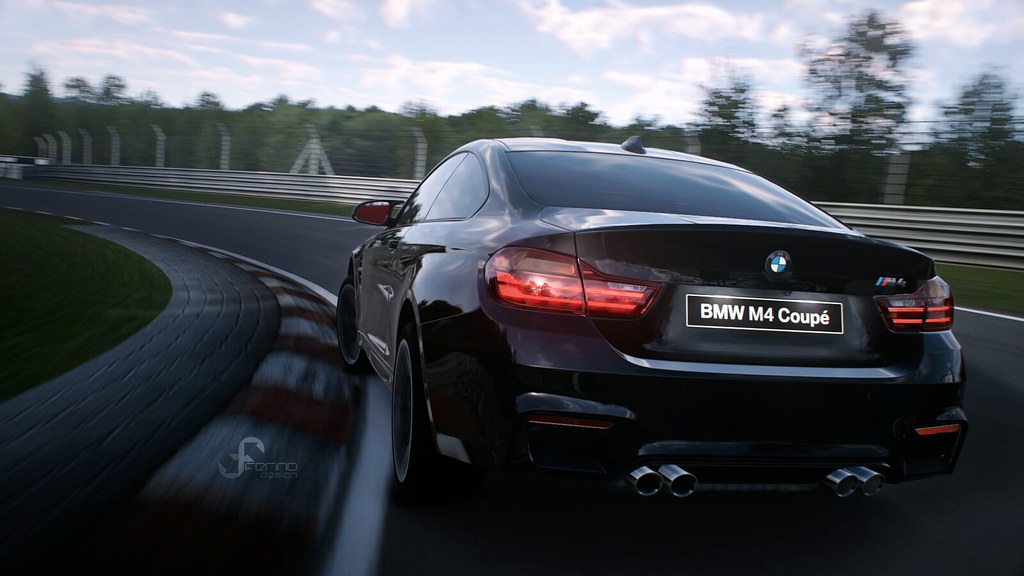
8. **Virtual Garages: How Video Games Ignite Passion**: In an increasingly digital world, the spark for classic car enthusiasm among Gen Z is often ignited not on a dusty showroom floor, but within the vibrant, pixelated realms of video games. Titles like Forza and Gran Turismo have become powerful gateways, transforming kids and young adults into “classic car junkies” by immersing them in the heritage, history, and unique soul that these vehicles possess. This virtual exposure offers an unparalleled opportunity to explore automotive culture without the real-world barriers of cost or accessibility.
McKeel Hagerty, CEO of vintage auto insurance company Hagerty Inc., emphasizes the significance of these platforms, stating, “If anybody wants to understand where the car market is going, you’ve got to kind of stare at those two games.” These racing simulators allow players to virtually own, race, modify, and even meticulously study an extensive array of classic and contemporary vehicles. This interactive engagement fosters a deep, intrinsic understanding and appreciation for different marques and eras, far beyond what static images or descriptions could achieve.
This digital immersion directly translates into tangible knowledge and interest. Enthusiasts like Jackson Kessler, a 25-year-old car influencer, notes that his followers often get into cars through racing simulators like Gran Turismo and Forza. This hands-on, albeit virtual, experience nurtures a new generation of incredibly knowledgeable car enthusiasts. They emerge with a foundational understanding of automotive history, performance, and modification possibilities, setting them apart from previous generations whose introduction to cars was often more physical and less diverse in its initial scope.
9. **The Digital Showroom: Social Media’s Role in Car Culture**: Beyond the immersive experience of video games, social media platforms serve as a dynamic “digital showroom” and a vibrant community hub for classic car culture among Gen Z. TikTok, YouTube, and Instagram have become crucial avenues through which younger demographics discover, learn about, and engage with vintage vehicles. These platforms offer an accessible, constantly updated stream of content that fuels curiosity and fosters a sense of belonging within the broader automotive community.
Car influencers, such as Jackson Kessler, known as Captain Crankshaft across TikTok, Instagram, and YouTube, play a pivotal role in this digital ecosystem. Kessler, a 25-year-old from Natick, Massachusetts, showcases restored junkers and engages with a vast audience, providing relatable content that highlights the fun and possibilities of classic car ownership. He observes that the “younger demo is watching a lot of YouTube content, a lot of TikTok, vertical short-form content” dedicated to vintage cars, indicating a strong preference for easily digestible and engaging visual narratives.
This digital curation extends to channels like Ben Kahan’s Four-Speed Films on YouTube. Ben, a 21-year-old hot rodder from Burbank, California, uses his platform to introduce viewers to traditional hot rods and shine a spotlight on classic rides that are still actively driven today. These channels don’t just entertain; they educate, demystify the mechanics of older vehicles, and connect like-minded individuals, effectively creating a global network of “New Old Stock” gearheads who share a passion for old cars.
Through these myriad digital touchpoints—from short-form videos to in-depth build series—social media democratizes access to car culture. It allows Gen Z to explore diverse automotive niches, witness the restoration process, and connect with other enthusiasts and experts, all from their devices. This continuous stream of engaging content plays a critical role in shaping their tastes, reinforcing their interest, and ultimately directing their future classic car pursuits.
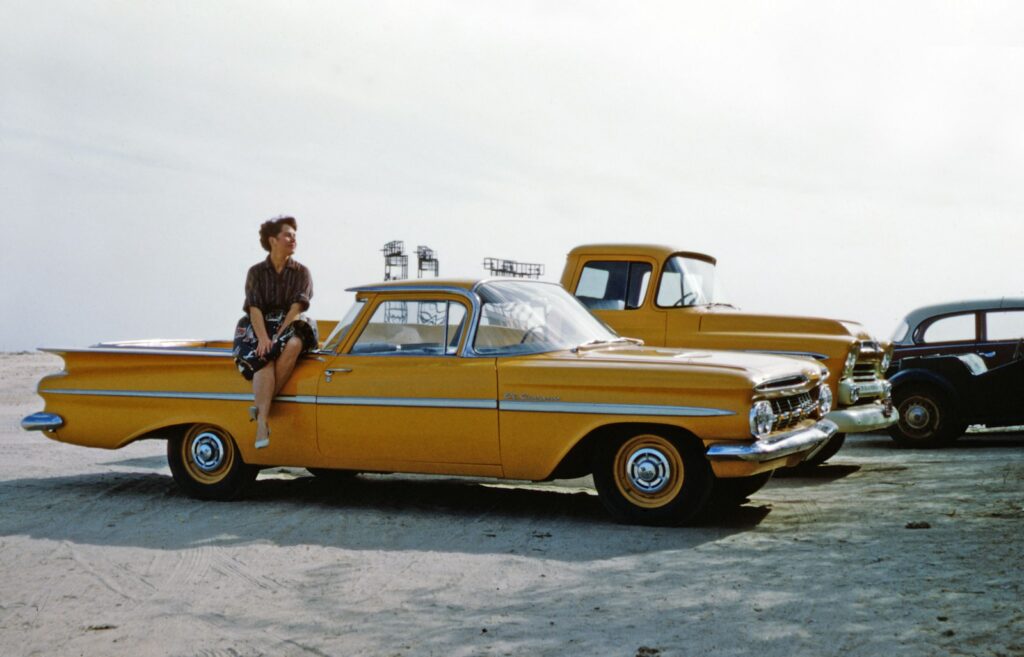
10. **Cultural Curators: Media’s Lasting Legacy on Car Enthusiasts**: The narratives and images propagated through various media have historically acted as powerful cultural curators, shaping the automotive desires of each generation, and Gen Z is no exception. This influence transcends mere advertising, embedding specific cars and styles into the collective consciousness through film, television, and, more recently, digital content. What captivated baby boomers or Generation X has evolved, but the fundamental mechanism of media shaping taste remains constant.
For older generations, iconic media moments firmly etched certain vehicles into their hearts. “American Graffiti,” for instance, was instrumental in fostering baby boomers’ love affair with hot rods, defining an era of classic Americana. Similarly, Generation X grew up idolizing the star cars from popular 80s television shows, becoming enamored with vehicles from “Knight Rider,” “Miami Vice,” “The Dukes of Hazzard,” “The A Team,” “Magnum, P.I.,” and “Starsky and Hutch.” These shows didn’t just entertain; they created aspirational automotive icons.
Today, this legacy continues through a new wave of cultural touchstones. Millennials and Gen Zers have been “raised on a diet of ‘Fast and the Furious’ movies,” which have propelled the popularity of Japanese Domestic Market (JDM) cars, highlighting their performance, style, and modifiability. This cinematic influence is now amplified by the relentless stream of “YouTube content” and “TikTok, vertical short-form content” about vintage cars, as observed by Jackson Kessler. This digital media continuously introduces, reinterprets, and popularizes classics for a new, highly engaged audience.
Whether through the silver screen or the smartphone screen, media consistently defines what is cool, desirable, and culturally relevant in the automotive world. For Gen Z, this constant exposure ensures that while their specific preferences may differ from past generations, their passion for cars is deeply informed and continuously fueled by a rich tapestry of online and offline content, creating a lasting legacy that keeps car culture vibrant and ever-evolving.
The story of Gen Z and classic cars is far richer and more nuanced than initial assumptions suggested. They are not simply passing on timeless ‘Boomer rides’ out of disinterest, but rather making discerning choices shaped by economic realities, technological fluency, and a desire for personalized, accessible experiences. From the virtual tracks of Gran Turismo to the hands-on satisfaction of modifying a Mazda Miata, Gen Z is actively carving out a new, vibrant path for classic car enthusiasm. Their journey highlights a dynamic evolution in what it means to be a car enthusiast, ensuring that the passion for these kinetic works of art will continue to thrive, reimagined for the digital age and beyond. The future of classic car culture isn’t fading; it’s simply changing gears, with Gen Z firmly at the wheel.”



